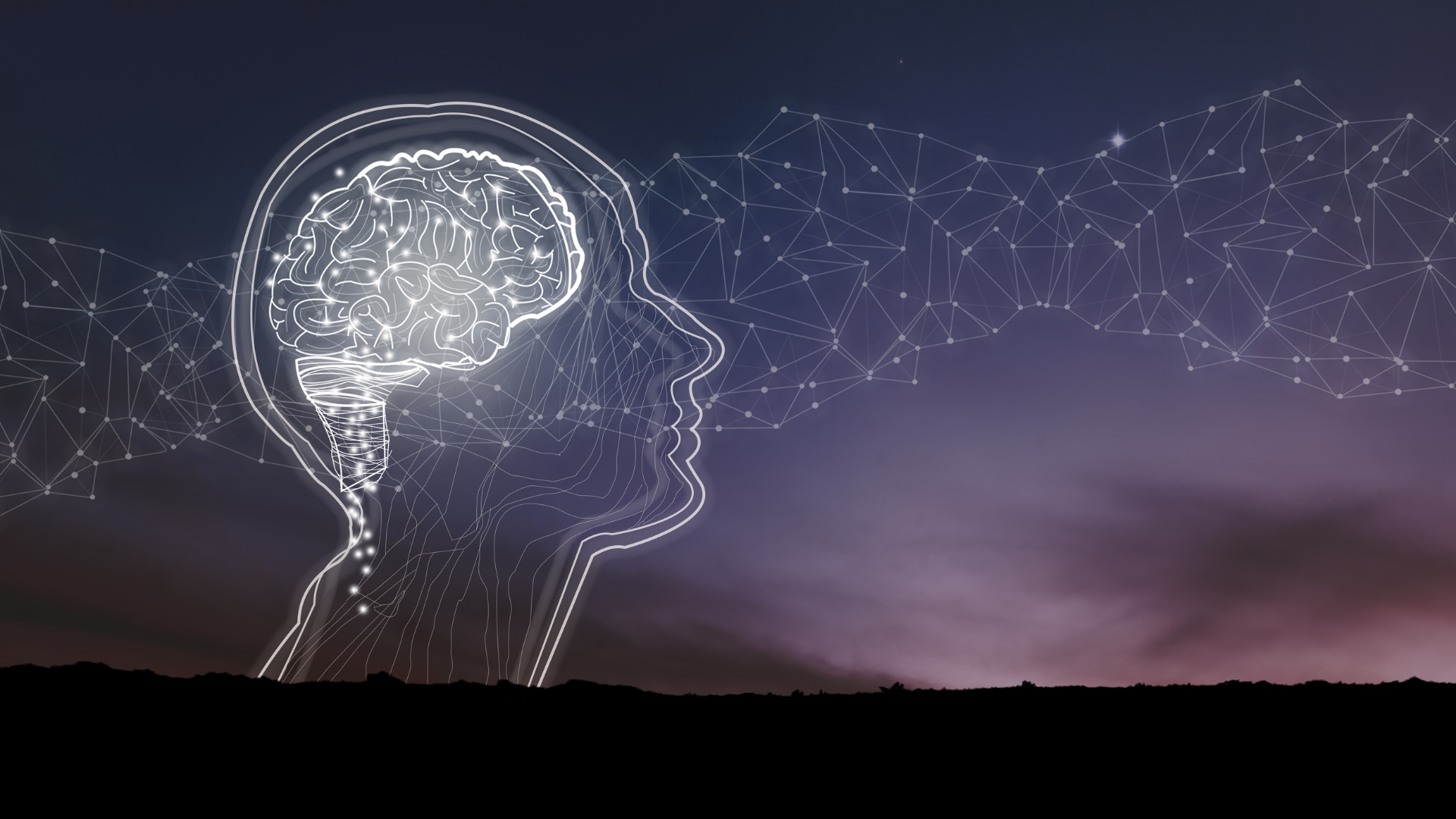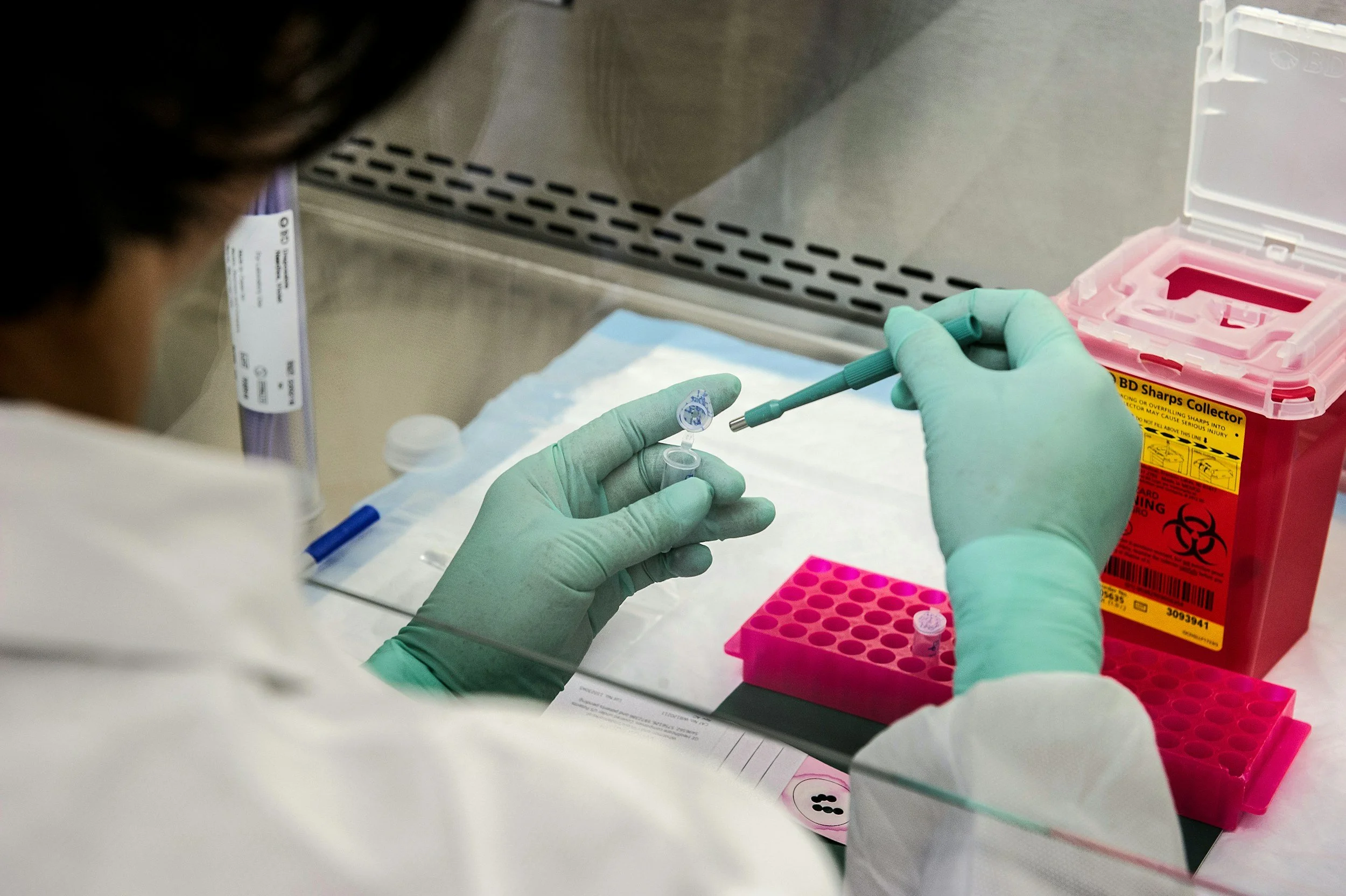Does your brain have its own microbiome?
Exploring the new frontier of brain health?
In the world of science, one of the most exciting frontiers lies in the study of microbiome - communities of microorganisms like bacteria, viruses, and fungi that coexist with us. We’ve heard a lot about the gut microbiome, often dubbed the “second brain” for its profound influence on digestion, immunity, and even mental health. But now, researchers are exploring another question: does the brain have its very own microbiome?
This idea challenges one of the longest-standing assumptions in medicine - that the brain is a sterile environment, entirely devoid of microbes. Let’s explore what this discovery could mean, what questions it raises, and why this is still a very new and uncertain area of research.
What is a microbiome?
To start, let’s define what a microbiome is. A microbiome refers to the trillions of microorganisms - bacteria, fungi, and viruses - that live in and on our bodies. These tiny organisms are vital to human health, influencing processes like digestion, immunity, and even the production of neurotransmitters, the chemical messengers that impact mood, sleep, and cognition.
Microbiome research has come a long way in the last decade. For instance, the Human Microbiome Project (Turnbaugh et al., 2007) was a landmark initiative that mapped microbial communities across the human body, showing just how integral they are to our health. More recently, the focus has expanded to the gut-brain axis, illustrating how gut microbes influence brain function and mental health. These breakthroughs set the stage for exploring the concept of a brain microbiome.
The brain’s protective barrier
The gut microbiome, in particular, has become a hot topic in both scientific research and public health. We now know that the gut and brain are deeply connected via the gut-brain axis, a two-way communication network involving the nervous system, hormones, and immune signals. The discovery that gut microbes can influence brain health naturally leads to the question: could the brain itself harbour its own unique community of microbes?
For decades, the assumption was that the brain was sterile, thanks to the blood-brain barrier (BBB) – a highly selective shield that prevents most pathogens and harmful substances in the bloodstream from entering the brain. This idea made sense: the brain is arguably the body’s most vital organ, and the BBB is its vigilant gatekeeper.
You could think of the BBB as the "moat around a castle," carefully controlling what enters the highly protected environment of the brain.
New evidence for a brain microbiome
Recent advances in molecular techniques, like DNA sequencing, have challenged the notion of a sterile brain. found microbial DNA in brain tissue. In 2013, researchers studying the brains of HIV patients found bacterial genetic material in their brain samples (Branton et al., 2013). Since then, other studies have detected bacteria and fungi in the brains of Alzheimer’s patients and even healthy individuals (Hu et al., 2023) . These findings challenge the idea that the brain is microbe-free and suggest that some microorganisms may naturally exist in this highly protected environment.
How could microbes enter the brain?
If microbes do live in the brain, how do they get there? Scientists are investigating several possible pathways:
Through the bloodstream: The blood-brain barrier isn’t impenetrable. If it becomes weakened by inflammation, injury, or ageing, microbes could cross from the bloodstream into the brain. Certain bacterial components, like lipopolysaccharides (LPS), can disrupt the BBB, making it easier for pathogens to invade (Emery et al., 2017).
Via nerves: Microbes could also exploit the nervous system, travelling along pathways like the vagus nerve (which connects the gut to the brain) or the olfactory nerve (responsible for smell) to gain direct access to the brain.
From other infections: Infections in other parts of the body (Lathe et al.,2023), such as gum disease, have been linked to the presence of microbes in the brain. For example, oral bacteria like Porphyromonas gingivalis have been found in the brains of Alzheimer’s patients, raising questions about whether chronic infections contribute to neurological diseases (Dominy et al., 2019; Espinal et al., 2022).
What could this mean for brain health?
The implications of a brain microbiome, if proven, are enormous. Scientists are speculating that microbes in the brain could play a role in neurological and psychiatric conditions. For example, dysbiosis - an imbalance of microbial communities - has been linked to diseases like Alzheimer’s, Parkinson’s, and multiple sclerosis, as well as mood disorders like depression and anxiety (Mitrea et al., 2022).
Here’s how microbes could influence brain health:
Chronic inflammation: Microbes or their by-products could trigger ongoing inflammation in the brain, a known contributor to neurodegenerative diseases.
Neurotransmitter production: Just as gut microbes produce neurotransmitters like serotonin, brain microbes might influence similar pathways, potentially impacting mood, cognition, and behaviour.
Amyloid Plaques: Some microbes, like Chlamydia pneumoniae, have been found near amyloid plaques in Alzheimer’s patients’ brains. These plaques are hallmark features of the disease, and some researchers believe microbes could play a role in their formation.
Challenges and controversies
While the idea of a brain microbiome is fascinating, it’s important to note that this is still a very new and inconclusive area of research. Many questions remain unanswered, and there are significant challenges that scientists must address.
Contamination: One major criticism is that the microbial DNA found in brain samples could be the result of contamination during experiments (Lusk, 2014, Salter et al., 2014). This raises doubts about whether these microbes truly reside in the brain or are introduced accidentally.
Methodological limitations: Techniques like DNA sequencing are powerful but not foolproof. Detecting microbial genetic material doesn’t necessarily mean those microbes are alive or active in the brain.
Mixed results: Not all studies have found microbes in brain tissue, and even among those that have, the findings are inconsistent (Mitchell et al., 2016). This variability makes it difficult to draw definitive conclusions.
What’s next?
To move forward, scientists need to answer some fundamental questions:
Which microbes, if any, live in a healthy brain?
How do these microbes enter and persist in such a highly protected environment?
What role do they play in brain function, immune responses, and disease?
Advances in molecular techniques, like next-generation sequencing, will be critical in addressing these questions. By creating detailed maps of the microbial communities in healthy and diseased brains, researchers hope to uncover patterns that could lead to breakthroughs in medicine.
Additionally, cross-disciplinary collaborations - spanning neuroscience, microbiology, and bioinformatics - will be essential in exploring this field.
Conclusion
While the idea of a brain microbiome is still in its infancy, the potential implications for brain health, neurodegenerative diseases, and mental well-being are profound. Further research will be essential to determine if and how microbes exist and operate within the brain.
Written by
Melanie Wilkinson, RNutr
Scientific Research Manager




